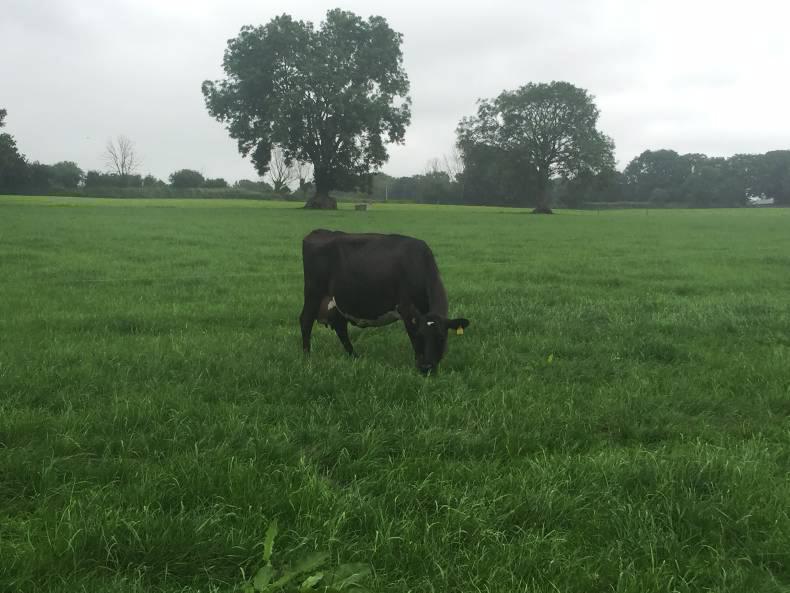Fertiliser: There are reports of nitrogen fertiliser coming back in price dramatically. Some reports say CAN can be got for around the €200/t mark. At these prices it’s worth considering forward-buying or locking in a price with your merchant for next spring. That said, nobody knows for sure whether it won’t drop further in price, so buyer beware. If buying fertiliser for storage until next year, make sure it is protected from the elements. The lift-top bags will not store well in the open unless they are covered in plastic.
Remember, you won’t really start using CAN until April, as urea should be used for the first two rounds, so take this into account if forward-purchasing fertiliser. Speaking of urea, conditions are ideal for urea over most of the country. It’s cheaper than CAN and the response is probably better in these damp weather conditions. On the other hand, farmers suffering from drought should probably hold off spreading fertiliser until before the rain comes. The forecast for the next couple of days is for dry weather with no rain but there should be enough moisture in the soil for urea to keep working.
Worms: Some of the milk testing labs are reporting increased evidence of exposure to stomach worms this summer. The increase in exposure is over 40% in some cases. Whether this is because of the better grass growth and shorter rotations we cannot be sure. I know some farmers have had to dose cows for worms this year who never had to dose previously. The milk test is just an indicator – it only diagnoses exposure to worms. The faeces test is the ultimate for worms. If in doubt, take a sample from a number of cows and send it off for analysis. If there are more than 500 eggs per gram you are advised to dose for worms.
Worm burden in adult cows seems to becoming more and more of a problem. There could be a link between that and inappropriate uses of doses in young stock. Remember, when dosing calves stick to the recommended time period between doses and don’t over- or under-dose. To do this, you must know the weight of the animals being dosed. Sticking with animal health, now is the time to be giving the salmonella vaccine. Many farmers will coincide giving the salmonella vaccine with the final scanning so you are not running the cows through the crush twice.
Once a day: I got a call from a farmer last week who is working off-farm and paying for someone to milk the cows in the evening. With cash on the farm tight, he was thinking about dropping the evening milking and just going to once-a-day between now and the end of the year. So what will be the effect? Basically, when you go to once-a-day you can expect milk yield to drop by about 30%, but the increase in fat and protein percent should mean that the drop in actual milk solids production will be about 20%. It all depends on breed and age, with Jersey cross cows more suited. We concluded that the drop in yield will be offset by the saving in labour and the herd will be in better condition score so can be milked on for longer.






 This is a subscriber-only article
This is a subscriber-only article










SHARING OPTIONS: